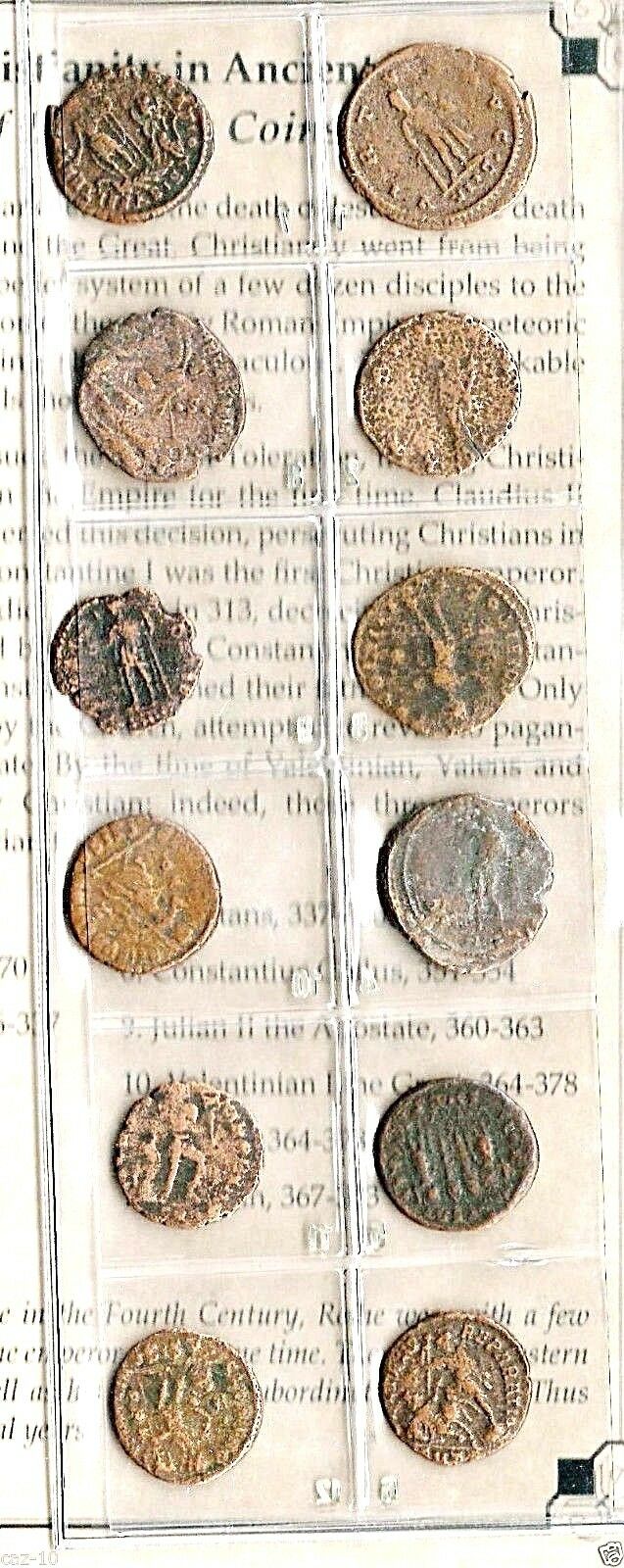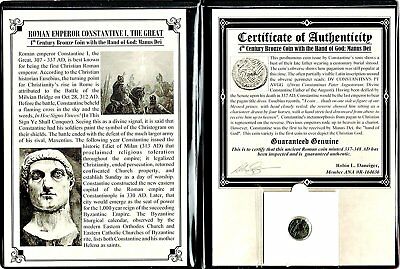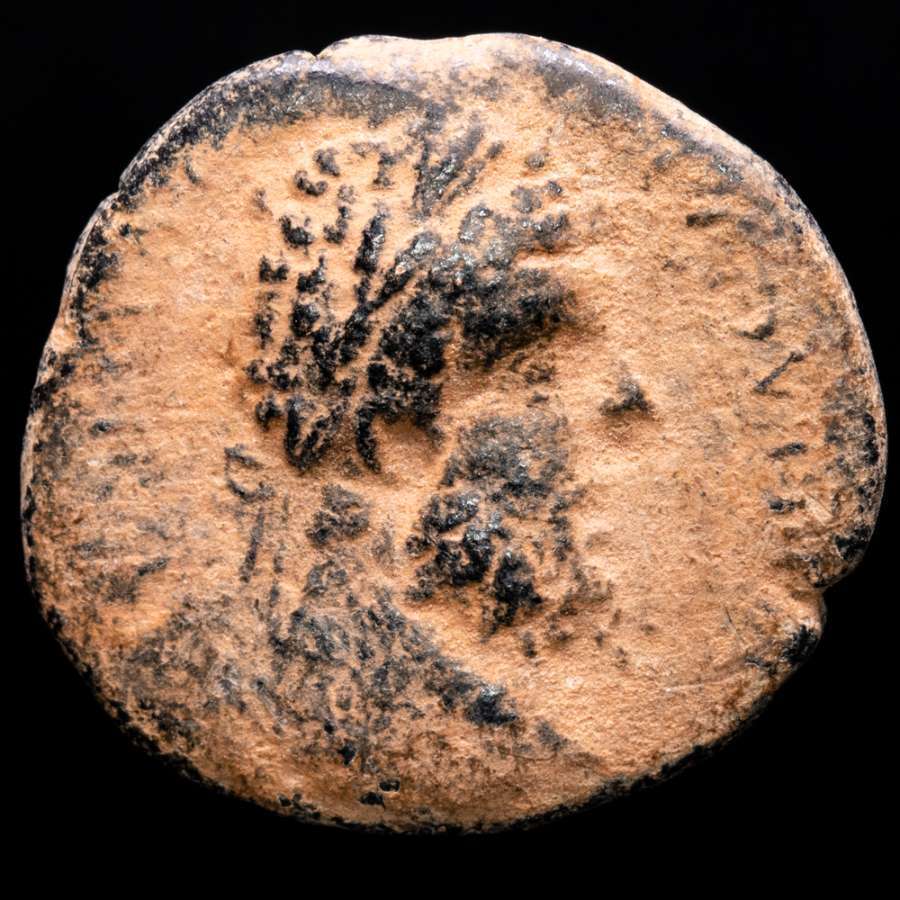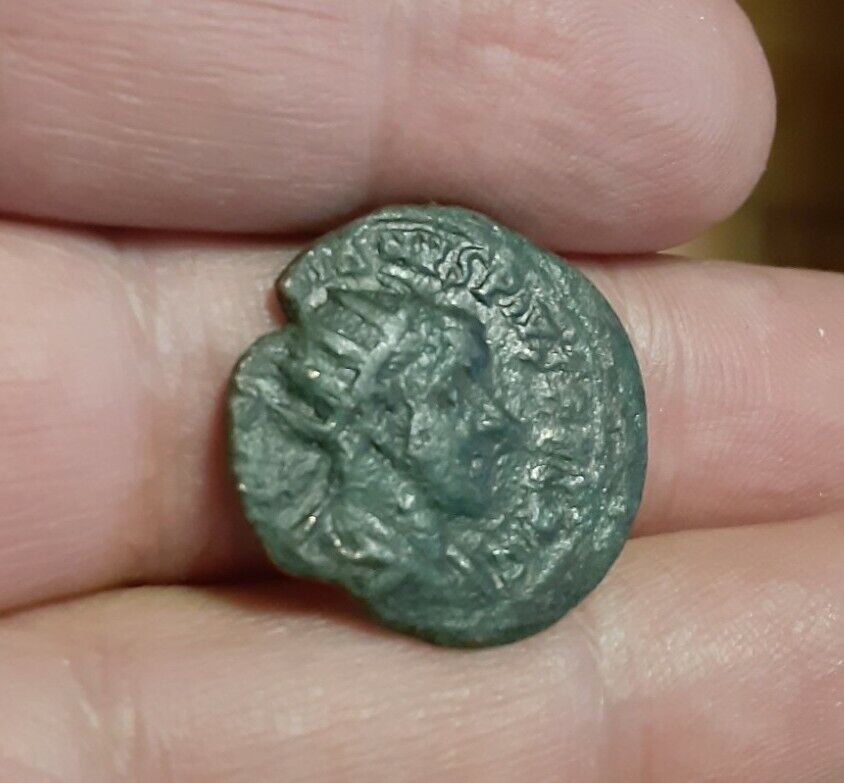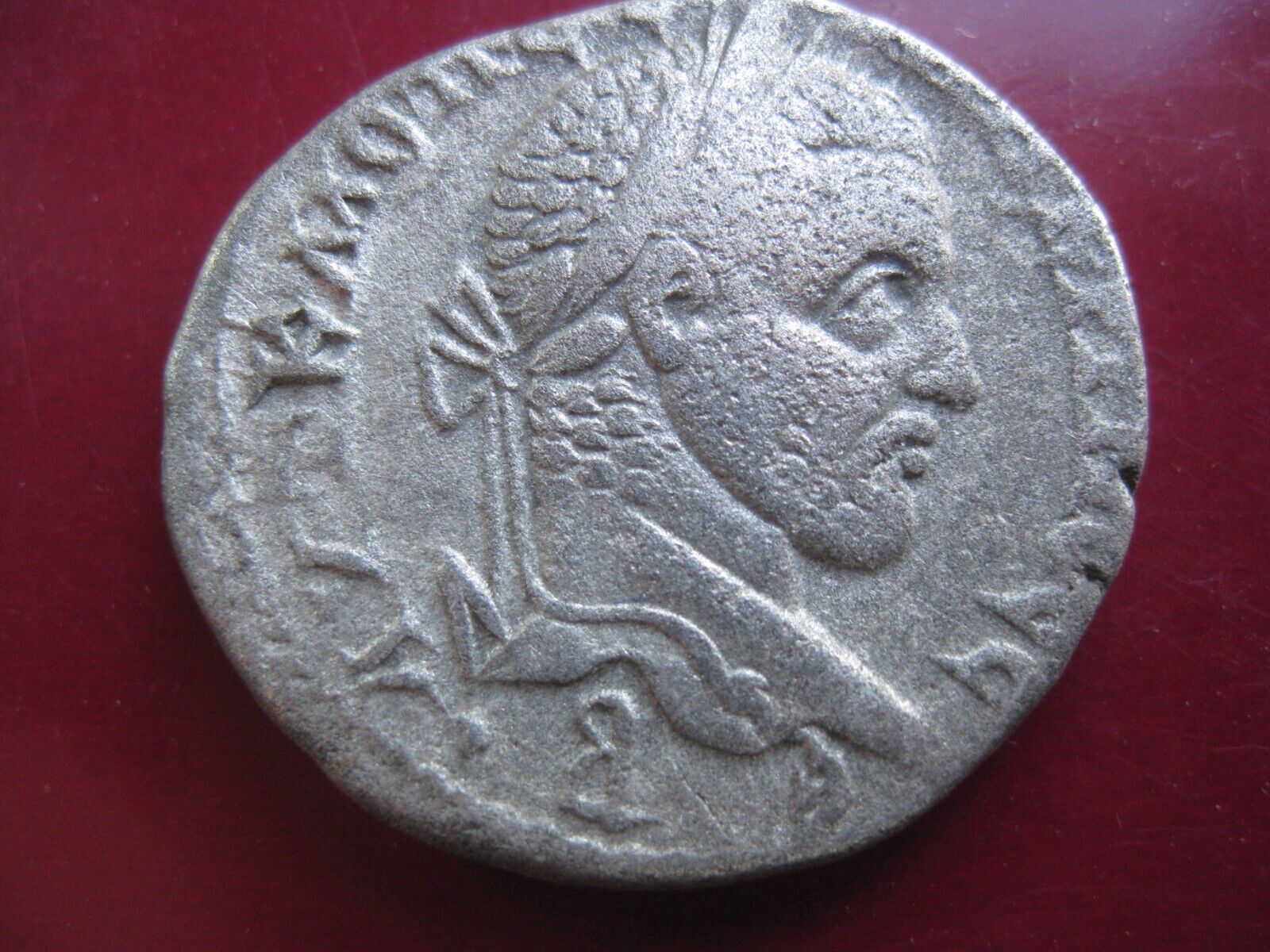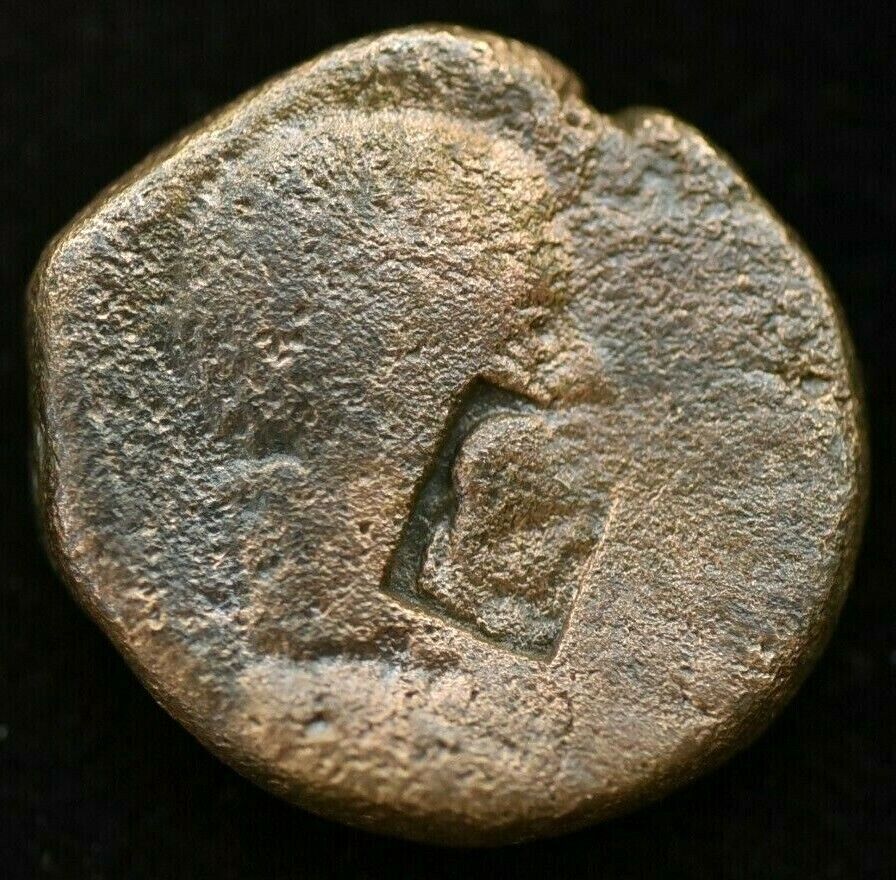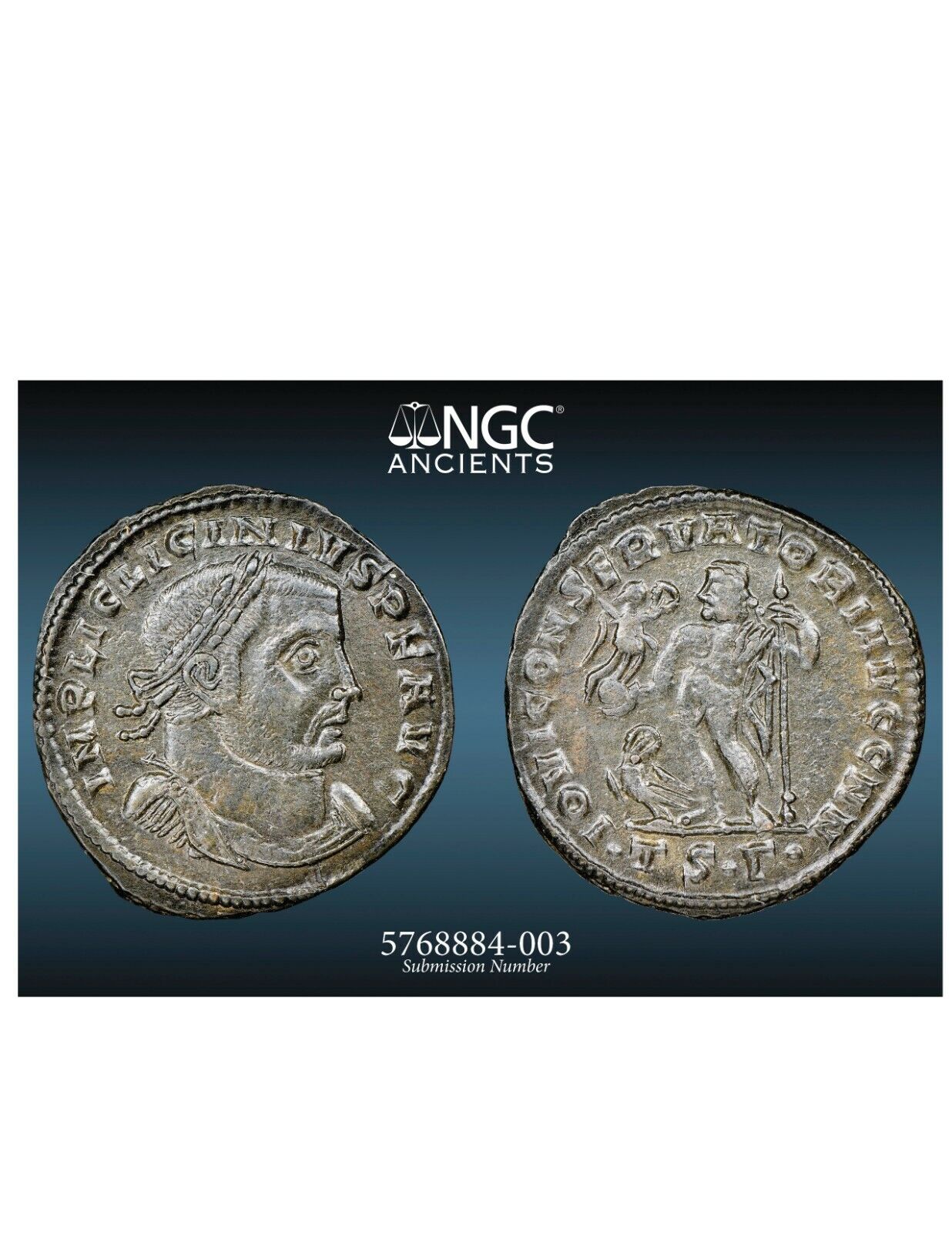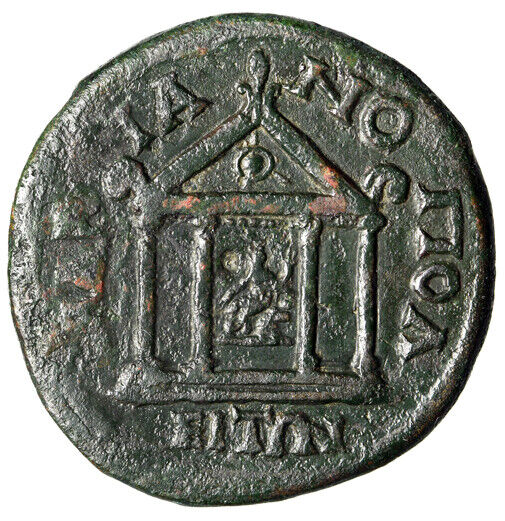-40%
12 Bronze Roman Coins, Rise of Christianity in Ancient Rome,Album & Certificate
$ 93.69
- Description
- Size Guide
Description
Rise of Christianity in Ancient Rome,12 Bronze Roman Coins With Album,Story and Certificate.The Rise of Christianity is nothing short of miraculous. This remarkable collection tells the story in coins. This set contains genuine bronze Roman coins from the Third and Fourth centuries CE.
In the 300 years between the death of Jesus and the death of Constantine the Great, Christianity went from being the nascent
belief system of a few dozen disciples to the official religion of the mighty Roman Empire. Its meteoric rise is nothing short of
miraculous. This remarkable collection tells the story in coins.
Gallienus issued the Edict of Toleration, making Christianity legal in the Empire for the first time. Claudius II
Gothicus
reversed
this decision, persecuting Christians in the realm. Constantine I was the first Christian emperor. He and Licinius I issued the
Edict of Milan in 313, decreeing that all Christians in Rome must be treated benevolently. Constantine’s sons Constantine II,
Constantius II, and Constans maintained their father’s policy. Only Julian II, called the Apostate by the Church, attempted to
revert to paganism, but by then it was too late. By the time of Valentinian, Valens and Gratian, Rome was officially Christian;
indeed, those three emperors converted barbarians to Christianity.
1. Gallienus, 253-268 7. Constans, 337-350
2. Claudius II
Gothicus
, 268-270 8. Constantius Gallus, 351-354
3. Constantine I
the Great
, 306-337 9. Julian II
the Apostate
, 360-363
4. Licinius I, 308-324 10. Valentinian I,
the Great
364-378
5. Constantine II, 337-340 11. Valens, 364-378
6. Constantius II, 337-361 12. Gratian, 367-383
Note:
After the partition of the Empire in the Fourth Century, Rome was, with a few exceptions, ruled by more than one emperor at the
same time. There was an Eastern and a Western Augustus, as well as his respective subordinate, a Caesar. Thus there is some
overlap in the regnal years.
These coins were minted for everyday transactions and often circulated for long periods of time. The coins that did not become
worn out were frequently melted and reissued with the arrival of each new emperor who wanted his portrait displayed. Coins
were also melted by other civilizations trading with the Romans and throughout succeeding civilizations over the centuries. The
passage of time thus resulted in their great rarity today.
This set contains genuine bronze Roman coins from the Third and Fourth centuries CE. The obverse side of each coin shows the
portrait of the emperor at the time the coins were minted. The reverse shows pictures and phrases depicting current concerns,
history and mythology.
The Rise of Christianity in Ancient Rome
Free Shipping to U.S.!
We ship within 24 hours.
You may return anything you get from me for a complete refund including shipping both ways on U.S.orders.
Over 24,000 positive feedbacks
ANA
Platinum Member # 3163853
All Items Ship Priority Mail.



